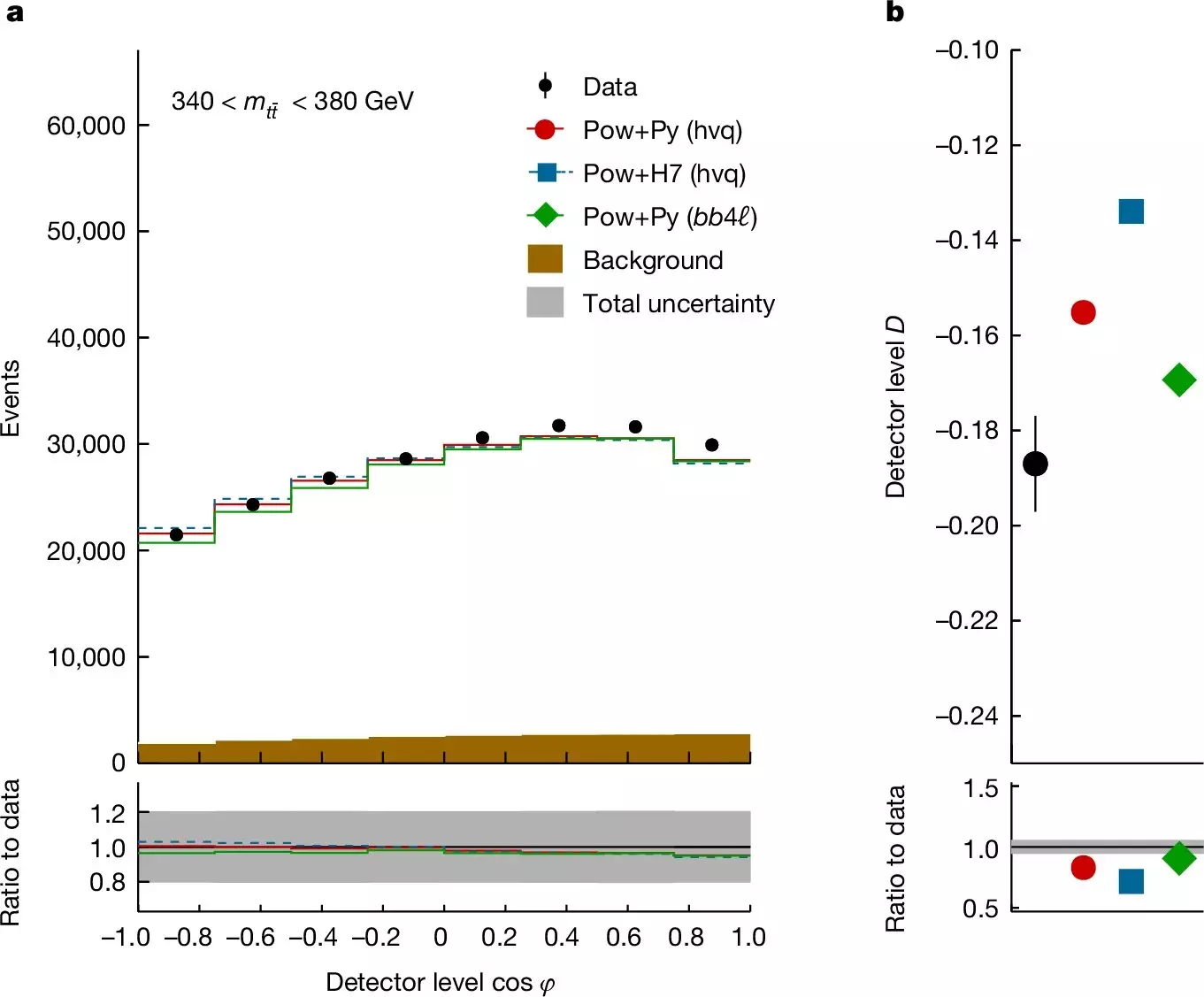Quantum entanglement represents one of the most mystifying phenomena in modern physics, arising from the peculiarities of quantum mechanics. This phenomenon posits that once particles are entangled, their states become interdependent—irrespective of the distance separating them. Much like a pair of perfectly synchronized dancers, the state of one particle can instantaneously influence the other, regardless of whether they are separated by minimal or vast distances. While classical physics offers no substantive framework to comprehend this, quantum entanglement has been increasingly recognized for its potential applications in various fields, including quantum cryptography and computing.
As a testament to the significant strides in understanding this complex area, the 2022 Nobel Prize in Physics was awarded to Alain Aspect, John F. Clauser, and Anton Zeilinger. Their pioneering work on entangled photons confirmed groundbreaking theoretical predictions, notably those propounded by John Bell at CERN. These advancements laid the foundation for emerging fields of quantum information science, pushing the boundaries of knowledge in quantum mechanics.
Despite the strides made in laboratory settings, quantum entanglement at high-energy scales like those found at particle colliders, such as the Large Hadron Collider (LHC), remained largely uncharted territory. However, a groundbreaking study published by the ATLAS collaboration in September 2023 marks a pivotal moment in our understanding of quantum entanglement. In an ambitious experiment utilizing the immense energy levels of the LHC, physicists successfully observed quantum entanglement between top quarks—fundamental particles known for their significant mass.
Reports from the ATLAS team, subsequently reinforced by the CMS collaboration’s findings, confirmed these entanglement observations. Andreas Hoecker, spokesperson for ATLAS, heralded this achievement as transformative, emphasizing the unprecedented energy levels that were previously inaccessible. The combination of higher energies and novel methods opens up untold avenues for scientific exploration and inquiry within the intricate realm of quantum physics.
The ATLAS and CMS collaborations developed a revolutionary methodology to examine pairs of top quarks generated during proton-proton collisions at an energy of 13 teraelectronvolts. This experimental endeavor focused on detecting pairs of top quarks produced with minimal momentum relative to one another—conditions theorized to yield strong spin entanglement.
In defining entanglement, one can understand the relationship between these particles through the behavior of their decay products. The spins of these top quarks could be inferred by observing angles at which their electrically charged decay products emitted. This specific angular measurement provided crucial insight into the degree of spin entanglement, with both collaborations reporting results demonstrating over five standard deviations, underscoring the authenticity and statistical reliability of their findings.
Curiously, the CMS collaboration went further in its investigation by examining pairs of top quarks exhibiting significant momentum disparities. In this scenario, classical communication through particles traveling at light speed is rendered impossible, presenting a fertile ground for observing quantum effects. The outcomes reiterated findings of spin entanglement under these varying conditions, elucidating the profound implications of their research.
Patricia McBride, spokesperson for CMS, affirmed that these measures innovatively extend current explorations within particle physics. By scrutinizing quantum entanglement in a new particle system and across unprecedented energy scales, researchers are now equipped to reassess the Standard Model—a pivotal framework in particle physics—while simultaneously searching for new, uncharted phenomena that may exist beyond established theories.
The discovery of quantum entanglement between top quarks not only propels the scientific understanding of quantum phenomena but also beckons deeper questions about the nature of reality as described by quantum mechanics. As both the ATLAS and CMS collaborations continue to gather more data, the implications of these findings may offer transformative insights that could reshape current scientific paradigms.
This striking advancement not only enhances our comprehension of quantum entanglement in a high-energy context but also underscores the intricate relationship between quantum theory and particle physics. As scientists traverse this uncharted territory, the full spectrum of possibilities that quantum mechanics offers is bound to become clearer, paving the way for new frontiers in science and technology.


Leave a Reply